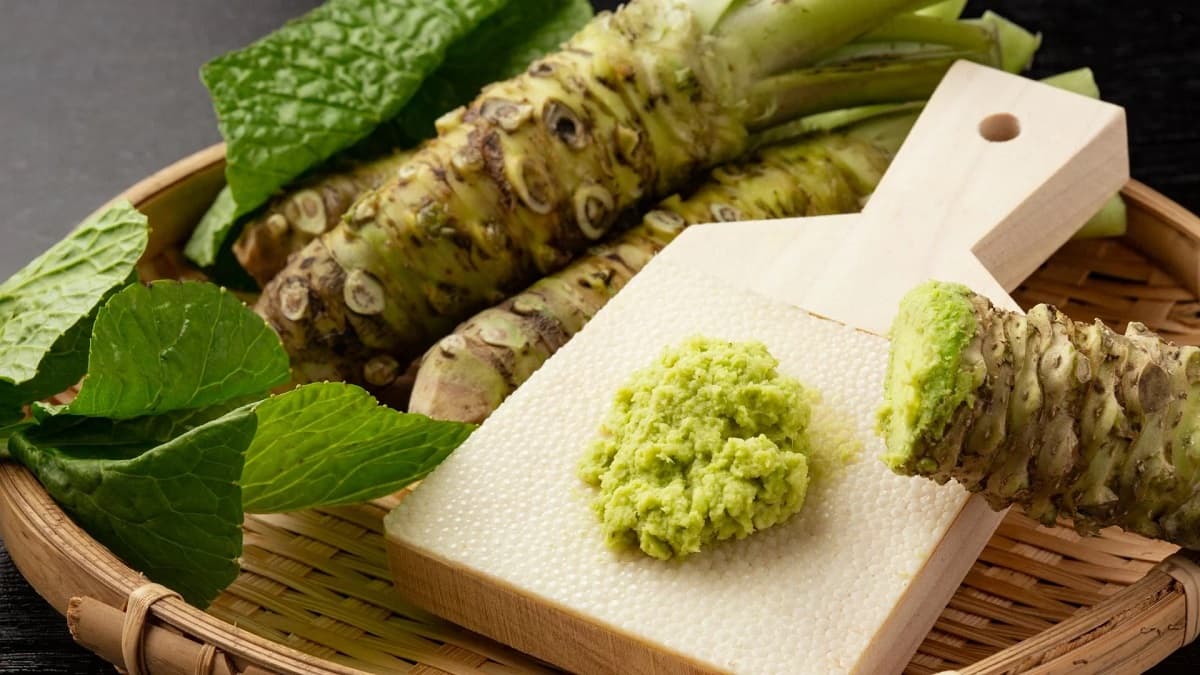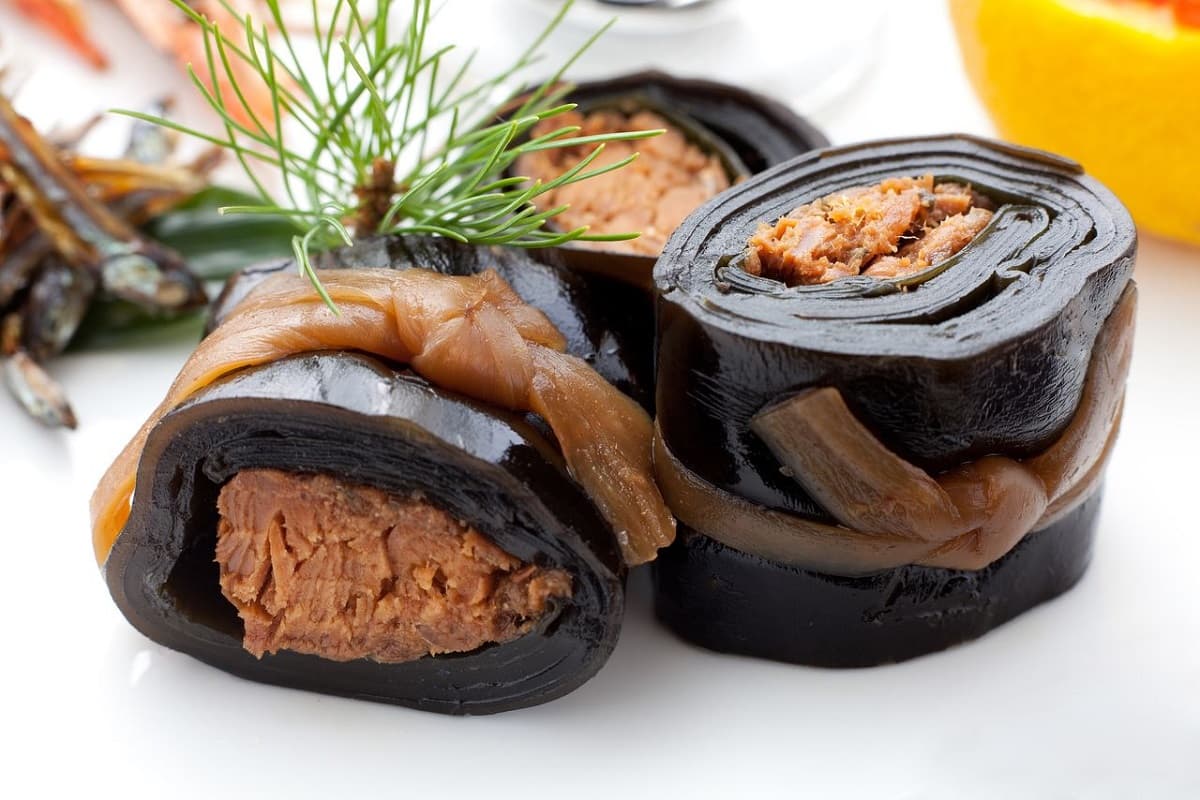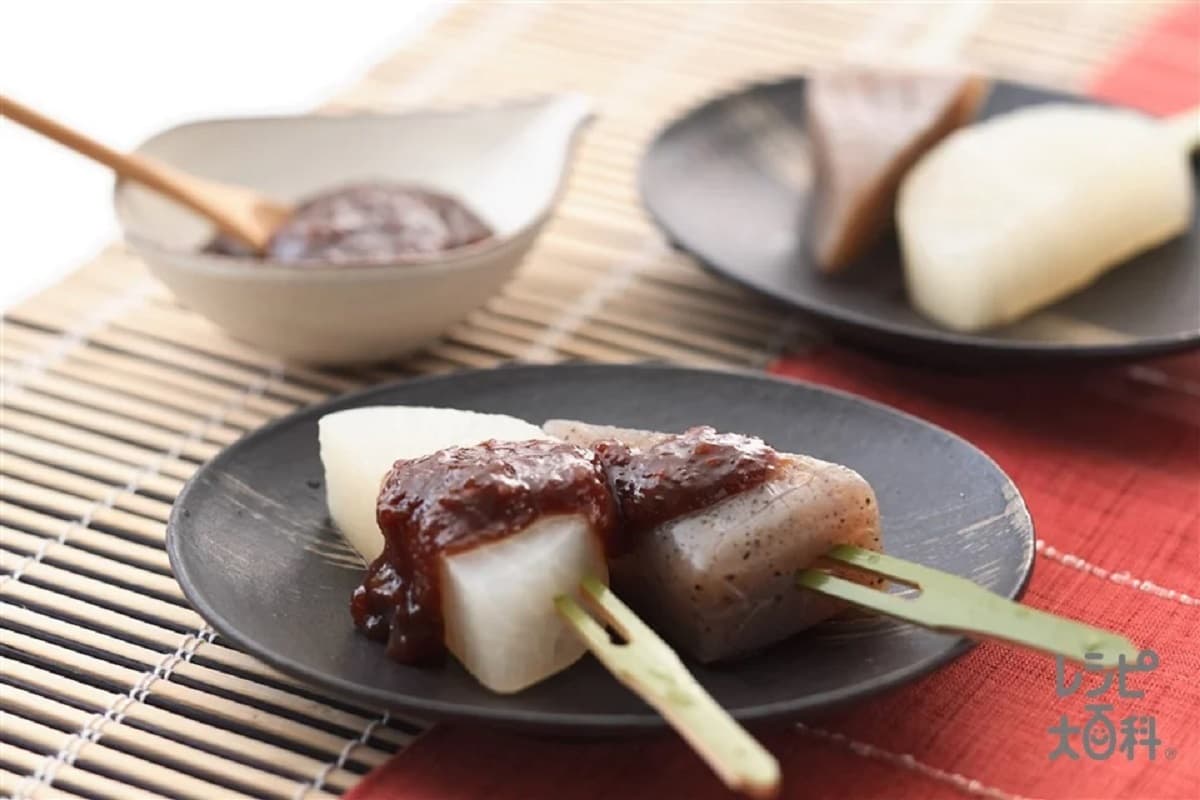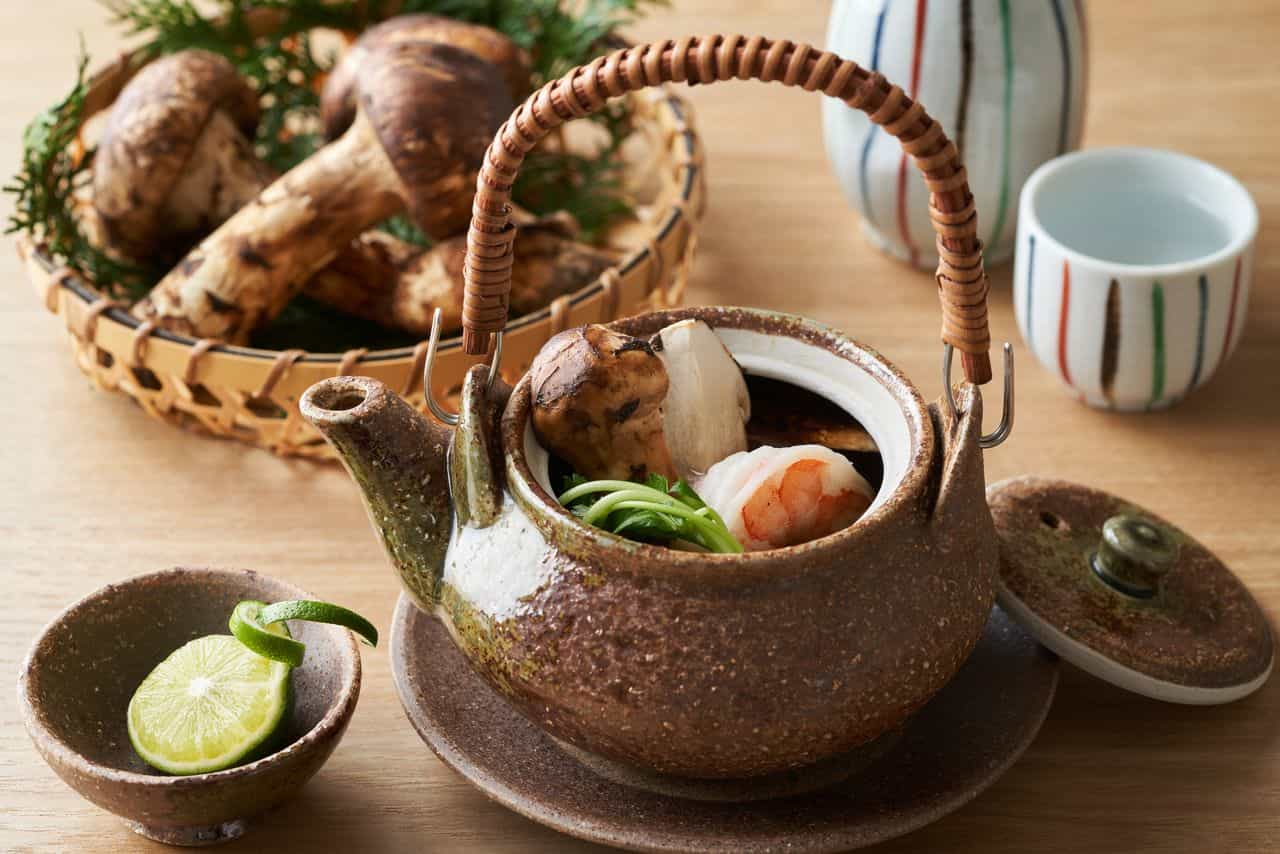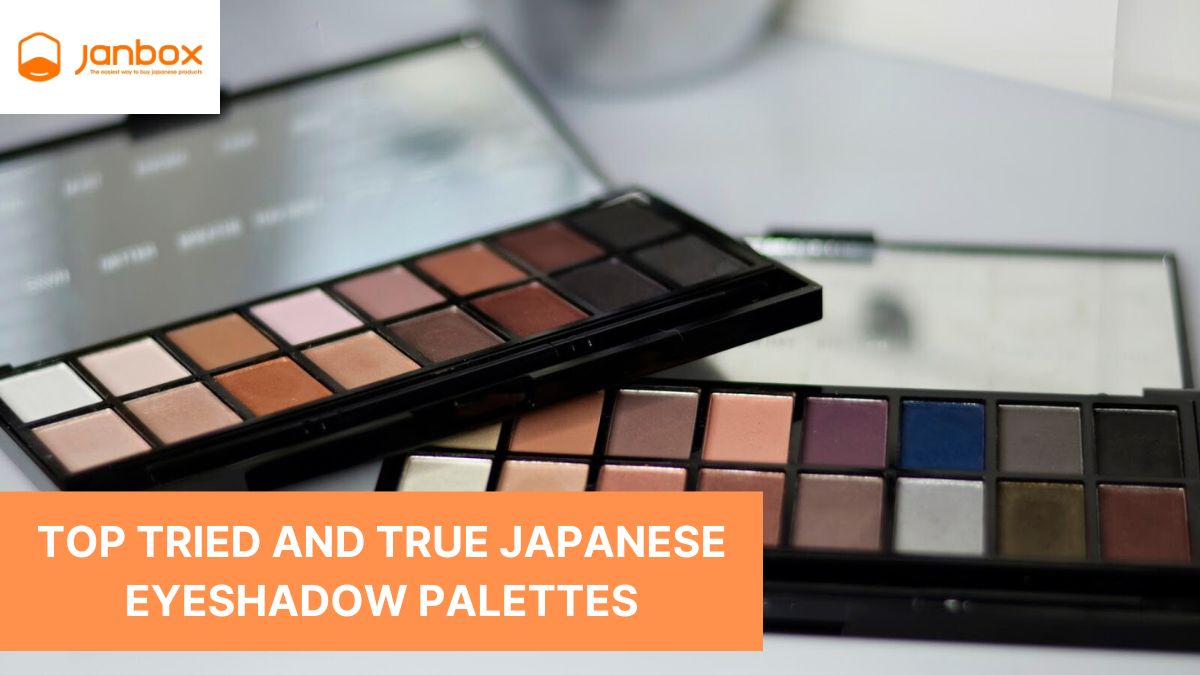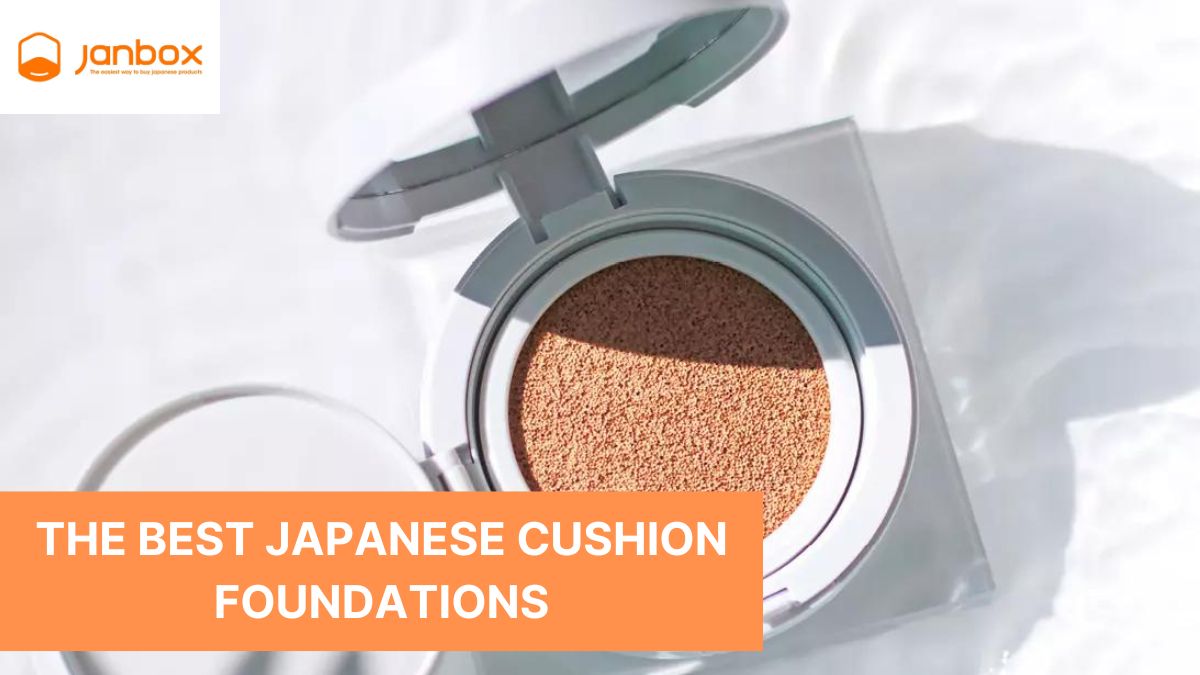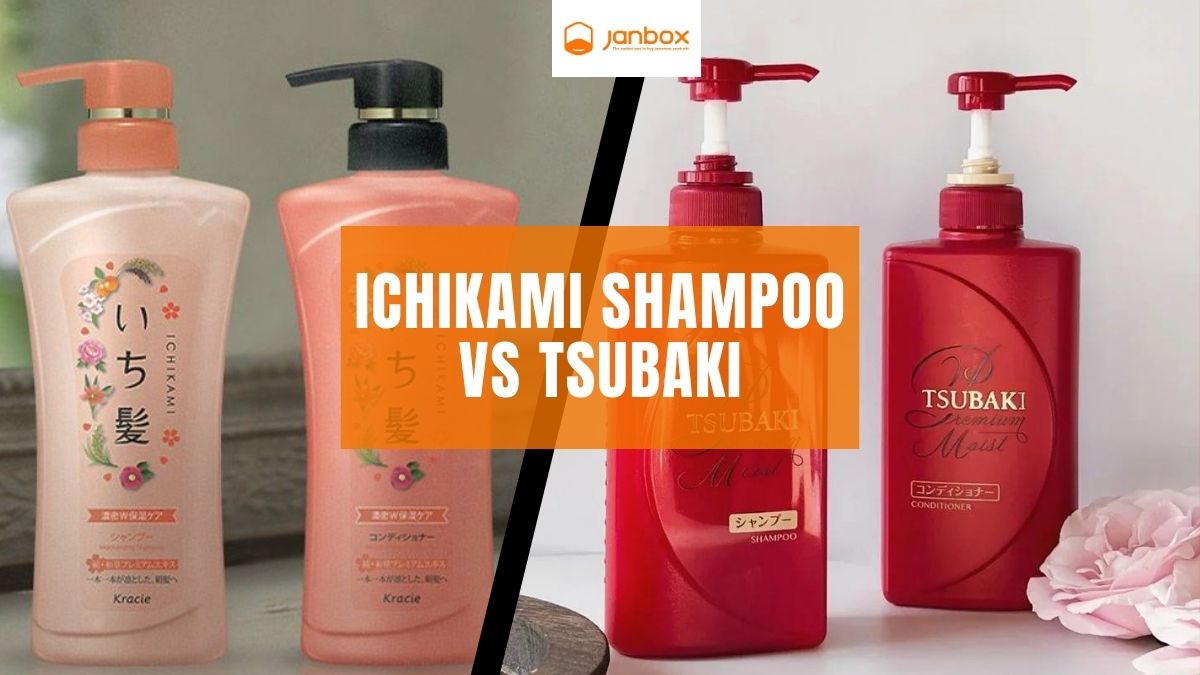Wasabi is nothing new to fans of Japanese cuisine, but not everyone is familiar with the meaning of wasabi and its applications. Real sushi cannot be eaten without soy sauce, red ginger, and wasabi. What is wasabi, then, that has such a unique meaning? In the article that follows, you will discover the answer to this unique vegetables. Together, let’s read.
I. What is Wasabi?
The scorching, greenish paste that is typically served with sushi or sashimi is what most people picture when they think of wasabi. But they’re presumably consuming extra-hot Western horseradish that has been blended with soy sauce, fiery Chinese mustard, and a bit of green food coloring. When it is discovered, real wasabi is infamously pricey.
Because of its flavor, it is sometimes referred to as Japanese horseradish. Wasabia japonica, also known as authentic, is a small root that belongs to the watercress family. It is a rhizome or root that is used in cooking in the same way that horseradish is. Considering how challenging it is to grow, it is as challenging to find. Costly to cultivate also means costly to purchase. It is necessary to carefully cultivate and advance this plant.

Wasabi is a perennial plant with a sluggish growth rate that grows to a height of 20–60 cm (8–24 inches). To attain its maximum height of approximately 14 inches, it needs about 18 months (36 cm). Large, showy, beautiful leaves that range in shape from a circle to a kidney are produced on long petioles (leaf stalks). The plants produce tiny clusters of four-petalled white blooms that are grouped in a cross configuration. Dry siliques make up the fruits. The fleshy rhizomes can expand to a diameter of 3 cm (about 1 inch).
It needs a steady supply of cool, but not chilly, water, some shade, but not excessively, and a temperate environment. With the exception of the Pacific Northwest, where farmers have had some success, the United States is not the best place to produce this plant. Both Japan and New Zealand have successful growing regions for it.
Any person who purchases a real wasabi root can experience shock. Depending on where they are grown, roots can cost anywhere between $8 and $10 US Dollars (USD) each root and roughly $70-$100 USD per pound. A customer can tell he has the real deal by the price tag in several Asian marketplaces in bigger cities if they sell fresh, genuine wasabi roots.
Once the root is safely in place, it is cleaned, any bumps or scales are removed with a paring knife, and it is then grated in a rotational movement so that it is ready for consumption raw. You can use a fine metal grater, like a lemon zester, but gourmets insist on using a sharkskin grater because they claim it creates a velvety grind. The grated wasabi is formed into a ball and allowed to sit for a few minutes so that the heat and flavor may fully develop before being consumed.
The traditional application is to consume with sushi or sashimi, but it can also be used for meat sauces, salad dressings, mustard, or mayonnaise to give them a taste. The majority of chefs claim that the powder sold in supermarkets will function almost as effectively as the Wasabia japonica for individuals who simply cannot buy the actual root.
1. Where was wasabi made from?
The Brassicaceae family includes real wasabi plants. It is related to this family of foods, which also includes mustard, radishes, and horseradish. Since real wasabi is pricey, the majority of wasabi available in supermarkets and with premade sushi is synthesized from horseradish powder and synthetic dye. Additionally, it could include cornstarch or flour as a thickener and mustard powder.
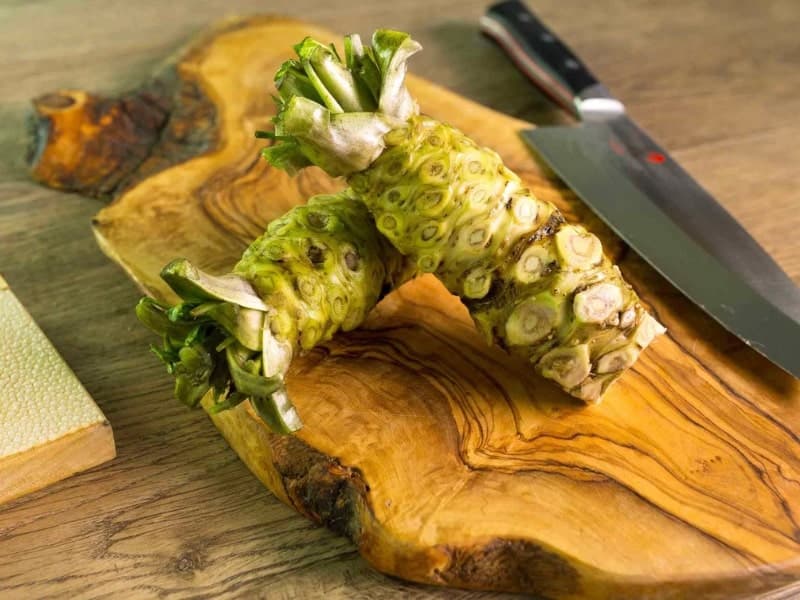
Wasabi is a native of Japan, where there is archeological evidence that people have been consuming it since 14,000 BC. It has reportedly been used medicinally for millennia, but farming didn’t start until the Edo period (1603–1867). Despite loving it, the shogun Tokugawa Ieyasu kept the cultivation techniques a secret. But eventually, word got out, and by the early 1800s, wasabi was widely utilized as a spice for sushi, causing somewhat of a surge in the popularity of sushi. While Japan continues to be the world’s largest producer and consumer of wasabi (1,300 tonnes consumed annually), other nations, such as Taiwan, Korea, and even the UK, are increasingly growing the plant.
2. What does wasabi taste like?
Wasabi taste is a similar fragrant and powerful flavor to dry mustard or horseradish, which is one of the reasons it can be used in place of both. But aside from that, it has a strong flavor that is sweet, fragrant, spicy, and deeply flavorful. Additionally, it has a brief after taste and a slightly intense odor. Therefore, eating freshly grated Wasabi will cause its flavor to go through your nostrils and give your entire head a kick.
Grated wasabi has a transient flavor that results from the one rhizomes being cooked. Chemical reactions caused by the grating process generate a unique heat that quickly dissipates after a few minutes. Because of this, freshly grated real wasabi is served right away.
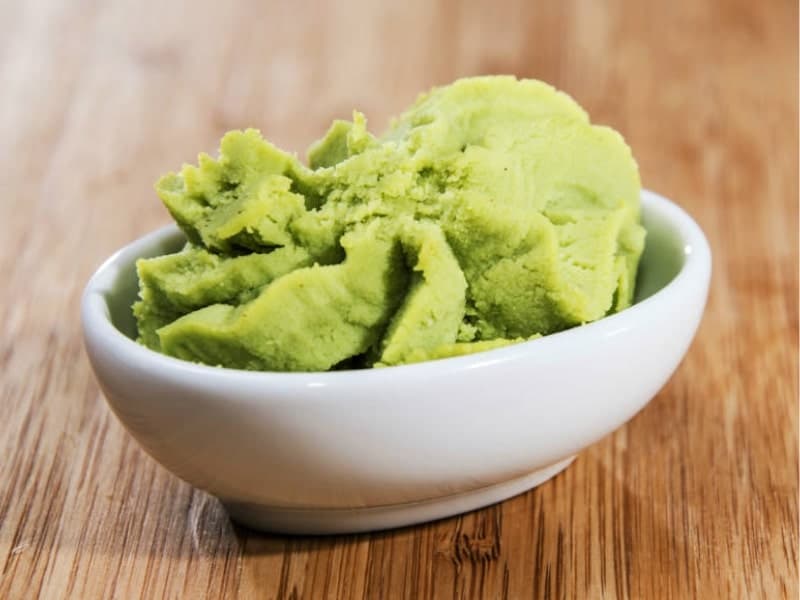
What makes Japanese wasabi so hot? The chemical substance allyl isothiocyanate (AITC), which is distinct from the capsaicin contained in chili peppers, is what gives it its spice. Horseradish contains AITC as well. When you use a sharkskin grater to grind the wasabi rhizomes into a paste, allyl isothiocyanate is created. When grated, the glucosinolate sinigrin in wasabi interacts with the enzyme myrosinase to produce AITC. When you consume grated wasabi, AITC interacts with your “wasabi receptor,” causing you to feel stinging and spicy. Due to the chemical’s unfamiliarity with human bodies, you will also feel burning and be triggered to cry.
II. The great uses of wasabi
- Food Poisoning Prevention Through Antimicrobial Effect
The historian thought that wasabi was first used in meals during the Edo Period to mask the odor of raw fish. It is thought to be able to prevent the formation of microorganisms in meals. Some researchers have given their approval to this supposition. If added to sushi and sashimi, wasabi can directly lower the harmful microorganisms that might cause food poisoning or other disorders (or other food that might contain pathogenic bacteria). Isothiocyanate (ITC), the primary active ingredient in horseradish and wasabi, is what gave the antibacterial effect.
- Impact On Inflammation
According to research, the 6-(methylsulfonyl) hexyl isothiocyanate (commonly known as 6-MITC), one of the ITC’s structural components, is what causes our bodies to produce fewer inflammatory factors. This substance activates the genes that control the immune system and genes that are involved in inflammation. Briefly, wasabi also has an anti-inflammatory function that guards against pathogen invasions and tissue damage in our bodies.
- Contribute To The Prevention Of Cancer And Cardiovascular Disease
Wasabi’s ITCs seem to have some beneficial anti-cancer properties on the human body. According to certain studies, ITC-rich plants may lower the chance of developing some human cancers like colon, breast, and stomach cancer. Wasabi may lower the risk of heart disease, according to the research. As a result, it is advised to include cruciferous vegetables, also known as vegetables from the family Brassicaceae, in your diet on a regular basis to lessen your chance of developing a number of malignancies.
- Deletes Negative Foodborne Bacteria
According to studies, wasabi packs a potent competitive advantage when it comes to bacterial defense. According to a study done at Chiba University’s Laboratory of Plant Cell Technology in Japan, applying it to potatoes increased their disease resistance.
When applied to tomatoes, a different study that was published in the Journal of Applied Microbiology demonstrates the same. Selected wasabi cultures added to potting soil greatly reduced the number of bacteria that may infect tomatoes and treating the tomatoes with the fresh wasabi residue produced excellent control efficacies against M. incognita. With the exception of the expensive cost, this could be a fantastic choice for managing diseases naturally using a mix of endophytes, widespread and extremely diverse bacteria that dwell within plant tissues, and the host waste.
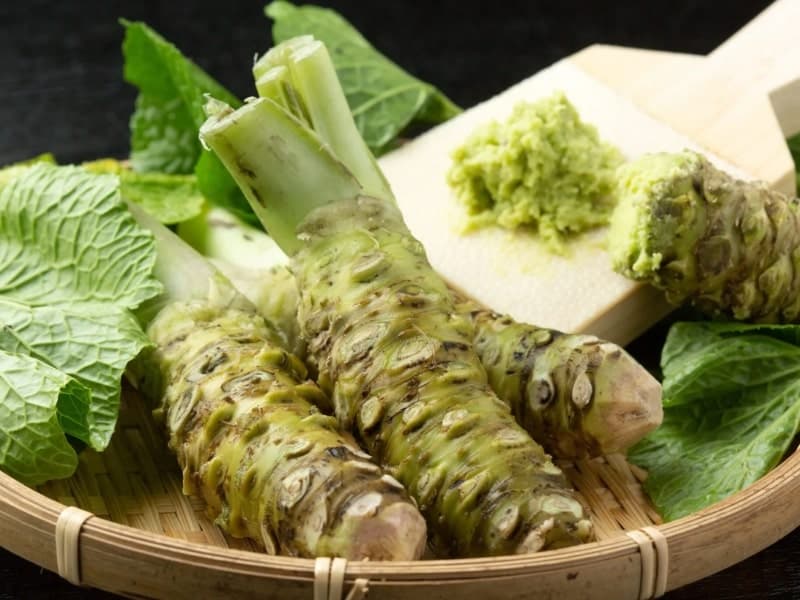
- Avoids Tooth Decay
Wasabi, a naturally occurring antibacterial agent, is frequently used together with raw fish due to its capacity to destroy microorganisms. The vaporized isothiocyanate that it emits is the principal cause of this. Yeast, mold, and bacteria are prevented from growing by these fumes. Curiously, research demonstrates that eliminating the bacteria that may promote, it can also aid in preventing dental decay and cavities.
- Blocks Cancer Cells
Strong phytochemicals known as isothiocyanates can be found in wasabi. Substances with sulfur that have potent anticancer properties are called isothiocyanates. In cruciferous vegetables, they exist naturally as glucosinolate conjugates. Chewing on raw vegetables breaks down the plant cells, which then allows the myrosinase enzyme to produce isothiocyanates.
Their ability to neutralize carcinogens causes them to have anticancer effects, which lessens the poisons’ harmful effects. Isothiocyanates have been proven in studies to help lessen the risk of other malignancies, such as gastrointestinal cancer, as well as to help prevent lung and esophageal cancer. The list of foods that fight cancer can now include wasabi.
- Enhances The Gut
According to health studies, the root’s properties may inhibit bacteria that are prevalent in the gut, soreducing gastrointestinal inflammation and even the risk of stomach cancer. Another reason is that it could be able to prevent food illness. Wasabi peas are a terrific alternative for the digestive system since they reduce the risk of diverticulitis issues and assist your body to cleanse toxins. Fiber is required to move the stool forward and prepare it for expulsion. Without fiber to give the stool bulk, the colon needs to work harder than usual, and the pressure from this may cause pouches to form in weak points along the colon, causing discomfort and possibly causing the leaky gut syndrome.
- Potentially Serve As A Smoke Alarm
In order to design a smoke alarm for hearing-impaired people, Japanese scientists concentrated on the smell of it. When smoke is detected, it operates by sprinkling wasabi extract into the space. In this preliminary investigation, 13 out of 14 test individuals were awakened by the aroma within 2 minutes of the alert is sounded, and one subject even awoke in just ten seconds.
Read more: Instructions for making Japanese Kinpira Gobo.
III. Difference between wasabi and mustard
This article will discuss a few variations between mustard and wasabi. One of the key distinctions between Mustard and Wasabia japonica is that the heat of Mustard is concentrated in the mustard seeds, whereas the heat of the Wasabia japonica plant is mostly concentrated in the plant’s swollen stem (rhizome).
The mustard plant is well-known for the seeds that are used to make mustard oil. There are several types of mustard that can be used in cooking as well as as a dish condiment. Another condiment that is primarily utilized in Japanese sushi is wasabi. It is a comparatively younger sort of condiment that developed in Japan in the 16th century, while mustard is an older type of sauce that stretches back over 6000 years.
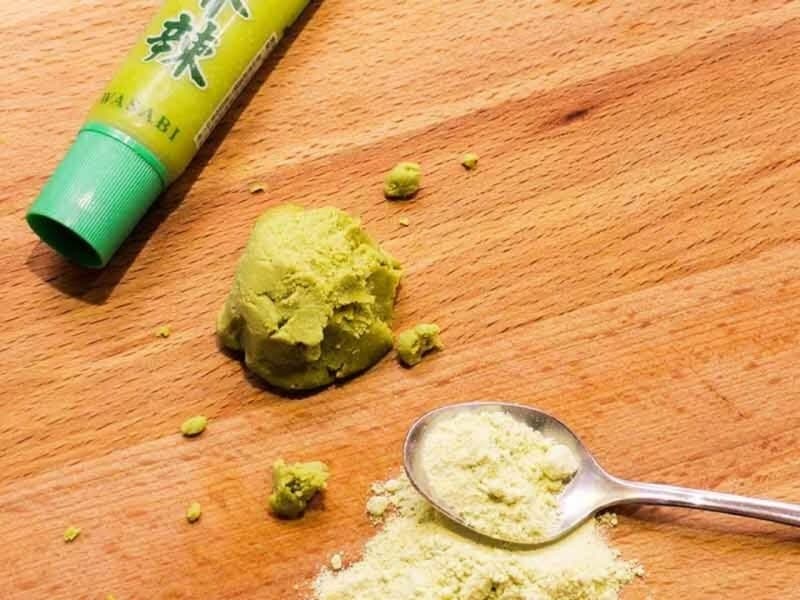
There are numerous varieties of mustard, each with its own flavors and tastes. The hottest mustard seeds are thought to be the ones that are black in color. Around the world, mustard is a common flavoring ingredient used to add taste to a variety of foods, including hot dogs and hamburgers. In India, a portion of healthful and nutrient-rich food is prepared with mustard leaves. The strongest kind is black mustard (Brassica nigra), while there are several less potent variants including brown and yellow mustard.
Sushi is seasoned and served with wasabi as a condiment. The herb is indigenous to Japan and is grown there in hilly areas with cool weather. Both rice and noodles in Japan include wasabi. Nowadays, some sushi restaurants serve Wasabi rather than True Wasabia japonica in an effort to boost their profits. The rhizome of Wasabia japonica, which is often grated, is made into a mixture and then into a sauce, which is now only sometimes used in Japan to season sushi. The majority use phony wasabi, even in Japan.
To generate a flavor that is adored by people in many kinds of cuisines, mustard seeds are combined with vinegar and water. Seeds exude their typical flavor upon cracking or bursting. The mustard sauce doesn’t need to be heated up by adding pepper or chilies because mustard seeds are intrinsically spicy. There are components that can be combined to tame the strong flavor for individuals who do not enjoy it.
IV. How to distinguish real wasabi from fake
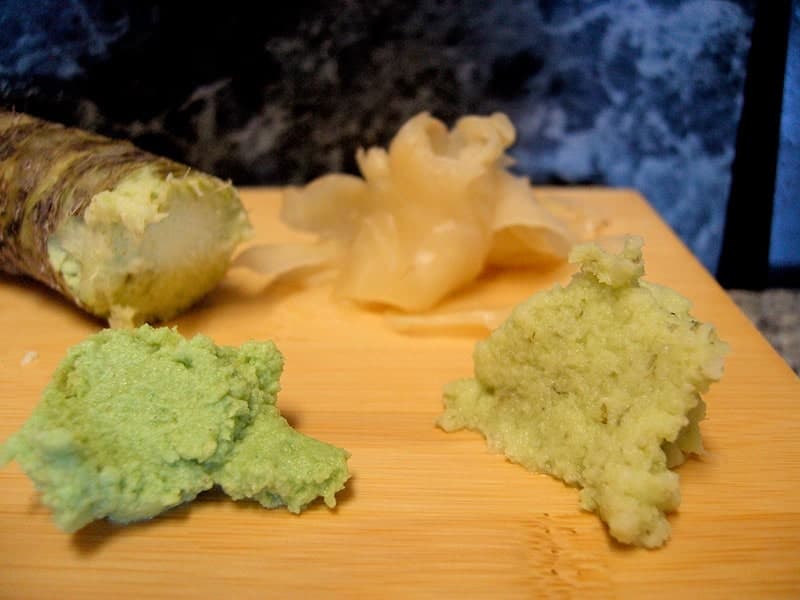
Tastes bright and green with a hint of swiftly dissipating heat when wasabi is truly fresh-grated. Even if it is strong, the taste of raw fish can still be appreciated. Its spicy kick is intended to enhance, not mask, the fish’s flavor when it is served with sushi.
The chef at the top sushi restaurants will generously sprinkle wasabi on each piece of sushi (often nigiri style) to counteract the fish’s strong flavor. Being formed with horseradish and occasionally mustard, fake “wasabi” burns significantly hotter and for a longer period of time. The delicate flavor of the sushi will be completely overpowered by an excess of this counterfeit one.
V. What makes real wasabi so expensive?
The wasabi price is expensive since there aren’t enough mustard plants available, which is needed to manufacture it. Producing it in these areas and then exporting to other countries costs a lot because these plants are only found in a few locations, especially in Japan. The plants’ fragility is an additional consideration. They can rapidly go bad and must be grown in cool, moist settings. The plants mature in about three years when given very careful, detailed attention. After being harvested, the root is ground or grated to make the wasabi on your dish.
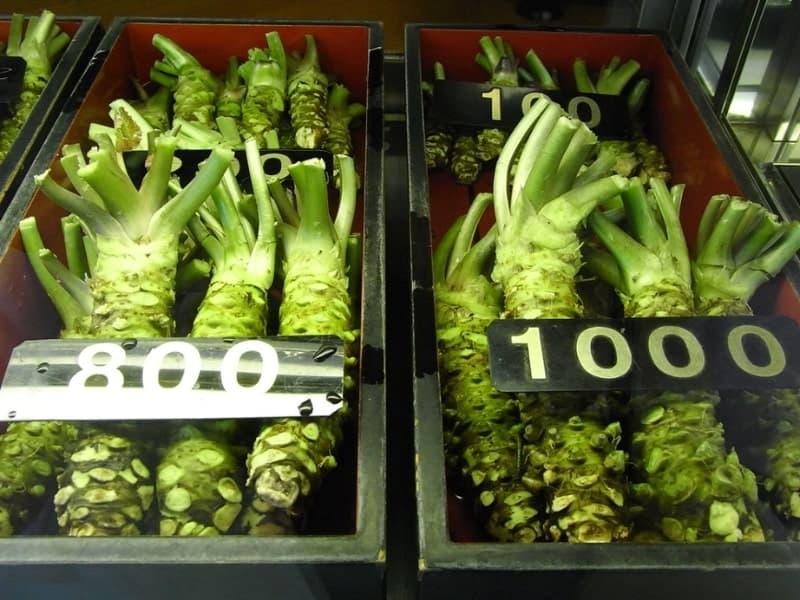
Real wasabi might be available in specialized Asian markets that stock uncommon goods, and it will likely be sold as the root itself rather than in a container. Check the ingredients if you’re unsure of the authenticity of the wasabi you bought at the grocery shop. Real one is often marketed as either the whole plant or as a powder, and it contains nothing else. Mustard and horseradish will be listed as ingredients in fake wasabi.
Some goods combine real and synthetic ingredients, such as wasabi with horseradish and mustard, to reduce costs while maintaining some authenticity. The sauce, a creamy wasabi-like condiment made from horseradish, oil, eggs, sugar, and corn starch, is much simpler to locate in the grocery store; though it can be used as you wish, it’s frequently used with veggies or noodles.
VI. Some names of delicious dishes with wasabi
Wasabi, whether it is fresh or seasoned, can be used in many inventive ways. Prior to using it in a recipe, you might want to taste-test a tiny bit of it on its own to determine how you’d like it before adding a lot. However, here are some suggestions for dishes:
- Both Sashimi and Sushi
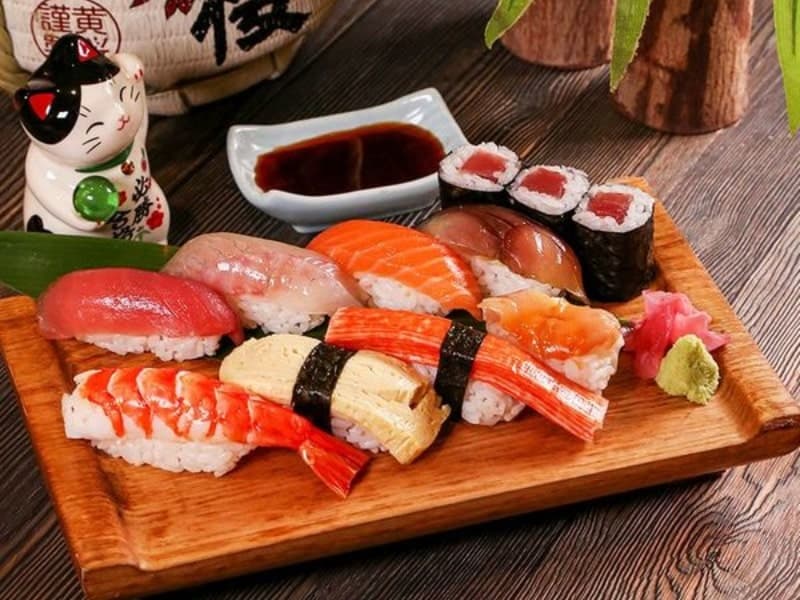
For savory Japanese sushi and sashimi, wasabi, soy sauce, and pickled ginger are essential accompaniments. Typically, it is placed on a plate or on top of the sushi. It’s important to keep in mind that you shouldn’t combine the Wasabi and soy sauce.
- Soba (Japanese Buckwheat Noodles)

The well-known Japanese noodle variant known as soba is produced from buckwheat flour and only comes with dipping sauce. Wasabi paste so adds a hot kick to balance the dish’s mellow flavor.
- Snacks and Soups
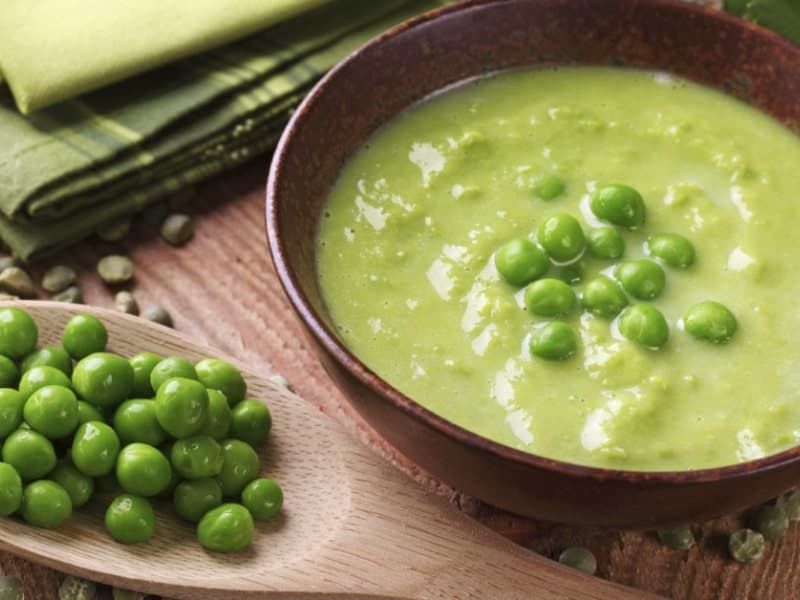
Wasabi gives any of the different Japanese-style soups and stews, such as beef stews, spring pea soup, broccoli soup, etc., a kick. A chilly winter night will be made more bearable by Wasabi’s fresh aroma.
- Sandwiches
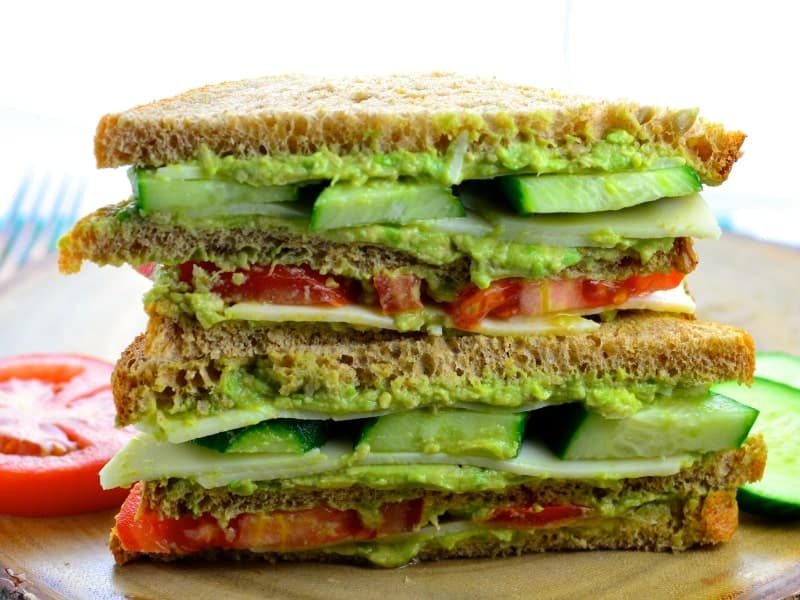
You probably already use mayonnaise in sandwiches, but you can up the heat a notch by adding some wasabi. These sandwiches flavoring are great for meals or even picnics.
- Yakiniku
Wasabi pairs well with Yakiniku, which is grilled meat that contains natural fat. The skirt steak or Harami is a dish that pairs particularly well with wasabi. Add a dash to your first mouthful of harami after mixing it with the dipping sauce. The meat’s texture pairs well with wasabi’s light but slightly spicy flavor. You won’t be able to stop eating because each bite is so good!
- Yakitori
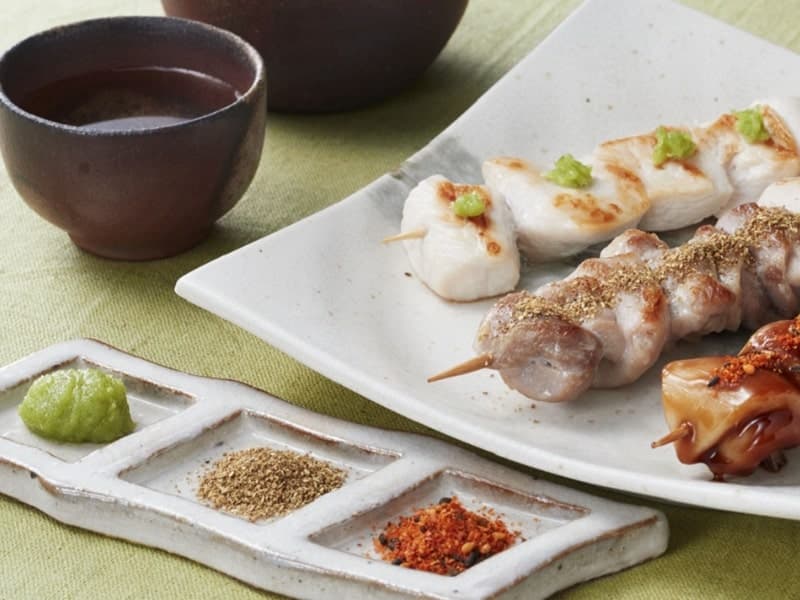
Yakitori, or Japanese skewered chicken, is very wonderful when paired with wasabi, particularly for the Sasami menu. A mild-flavored, delicate chicken breast cut known as Sasami. Wasabi is sometimes added to Sasami in Japanese restaurants to give it a crisp flavor.
It is frequently included in some Japanese dishes. This demonstrates how wasabi complements some foods well. We are anticipating your first time eating if you haven’t already!
- Wasabi Ice Cream
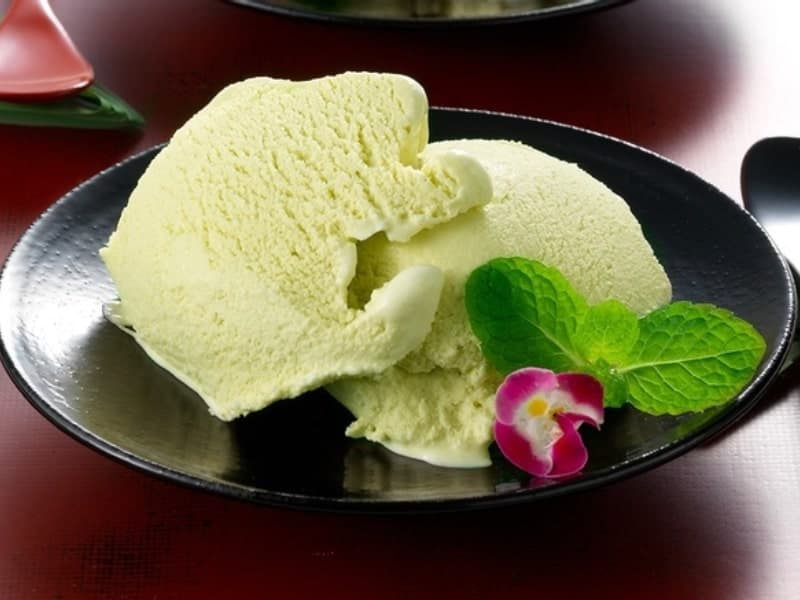
The variety of ice cream flavors nowadays is endless, but the sweet and sour combination is a serious business. Ice cream like this one is proof that sweet and sour go well together.
- Wasabi Pea Crusted Salmon
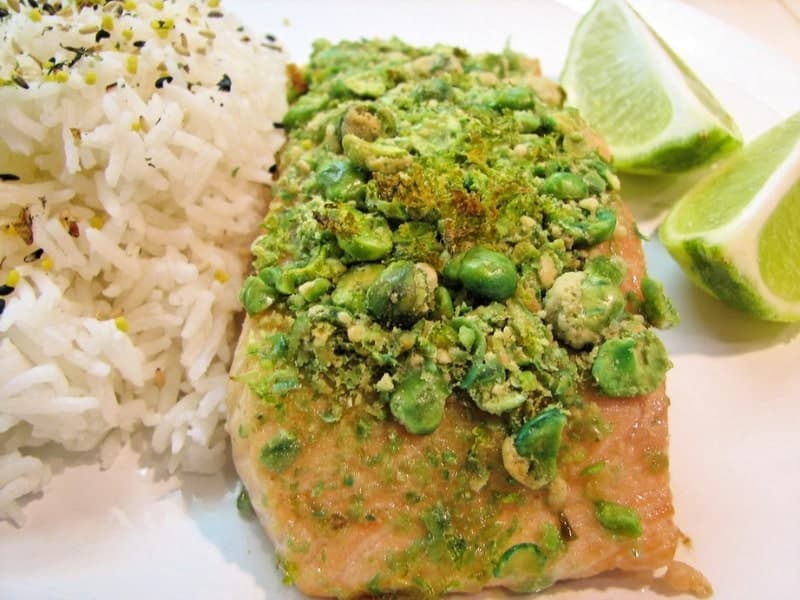
The ultimate hot snack, wasabi peas are now also available as a meal option. The salmon will get a spicy crunch from the wasabi peas, which will win over even the most jaded judges.
There are a ton of new, wonderful dishes to try because wasabi has also gained popularity outside. It has recently been discovered to enhance the flavor of foods like tacos and guacamole. So why don’t we also give it a shot?
VII. Where to buy fresh wasabi?
Your best choice, if you want to experience real wasabi, is to go to a high-end Japanese restaurant (especially one that serves high-quality sashimi), go to a region of Japan where it is locally cultivated, or find a reliable grower or supplier online on Janbox. We advise a journey to the more than 100-year-old Daio Wasabi Farm in Azumino City if you’re traveling in Japan and want to try fresh and delectable wasabi right from the source (Nagano Prefecture).
You can visit the grounds for free to learn how to grow this hot condiment and sample some freshly grated rhizomes. Additionally, there is a gift store and on-site dining options that provide a variety of wasabi-infused and wasabi-inspired products, including hamburgers, ice cream, and even beer!
VIII. Conclusion
The benefits of wasabi are evident, so give the meals listed above a try. After all, trying wasabi is a great opportunity to learn more about Japan’s long-standing culture. It will be memorable and fascinating.

